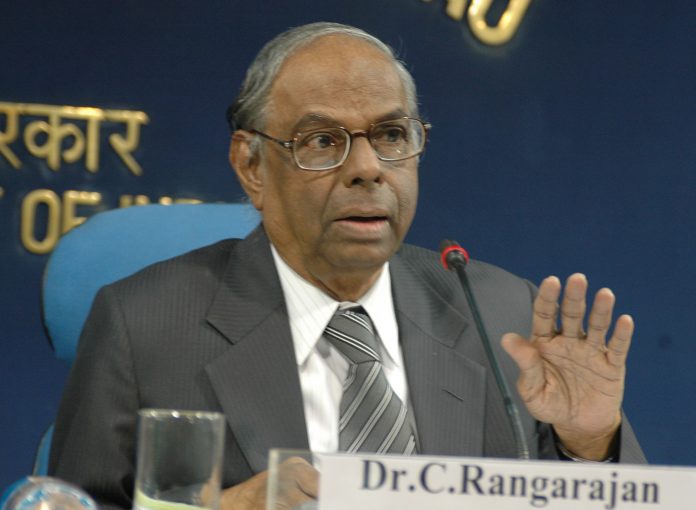
Indian Economist and former member of parliament, Dr. C Rangarajan has commented on the Union Budget saying that the government expenditure has shifted focus o target capital expenditure this time around. He said that to counteract the steep fall growth should be stimulated by attracting both foreign and domestic investments which would be necessary to reach 9.5% real GDP growth and to ensure that post-2022 there will be 7 to 8 percent growth. The percent is lower in the subsequent years because a growth rate of 9.5% or 10% is to beat the one-year decline of 7.7% which would be a growth rate of close to 3% for 2 years. But he insists that while the policymakers find ways to attract investments, they must also be watchful about the fiscal deficit as the government is said to be determined in achieving that goal. The target is to bring down the fiscal deficit to 4.5 % of GDP by the FY 2015-2026. He says that from now on till the set time there should be a clear road map for fiscal consolidation or the reduction in the underlying fiscal deficit.
How government approaches interest payments are significant. There was a visible amount of importance in the Budget this time as the government declared it as the biggest item of the government’s expenditure. In the revised estimates (RE) for the financial year 2020-21, the proportion of interest payments against total revenue receipts has been revised to 44.6% from 35% after this revision. The difference between total revenue receipts and interest payments shows the number of revenue receipts available to the government for making actual interest payments. What is to be seen is what would be the revenue receipts as the interest payments component is high. For the FY 2021-22, revenue expenditure for interest payments is Rs, 8,09,702 cr which forms around 45.3% of total revenue receipts.
However, according to the budget document, due to the liquidity in the market, and RBI’s accommodative monetary policy, in the medium term, the interest payments are going to come down. But Dr. Rangarajan cautions that the use of artificial means like accommodative monetary policies which would bring down interest rates by pumping in liquidity will create higher inflation in the future which is not desirable. He believes the rate of interest should be decided by the extent of government borrowings. The government should develop policies that would bring down borrowing rates. The interest payment proportion of revenue receipts is already higher than desirable in India.
Follow and connect with us on Facebook, Linkedin & Twitter
